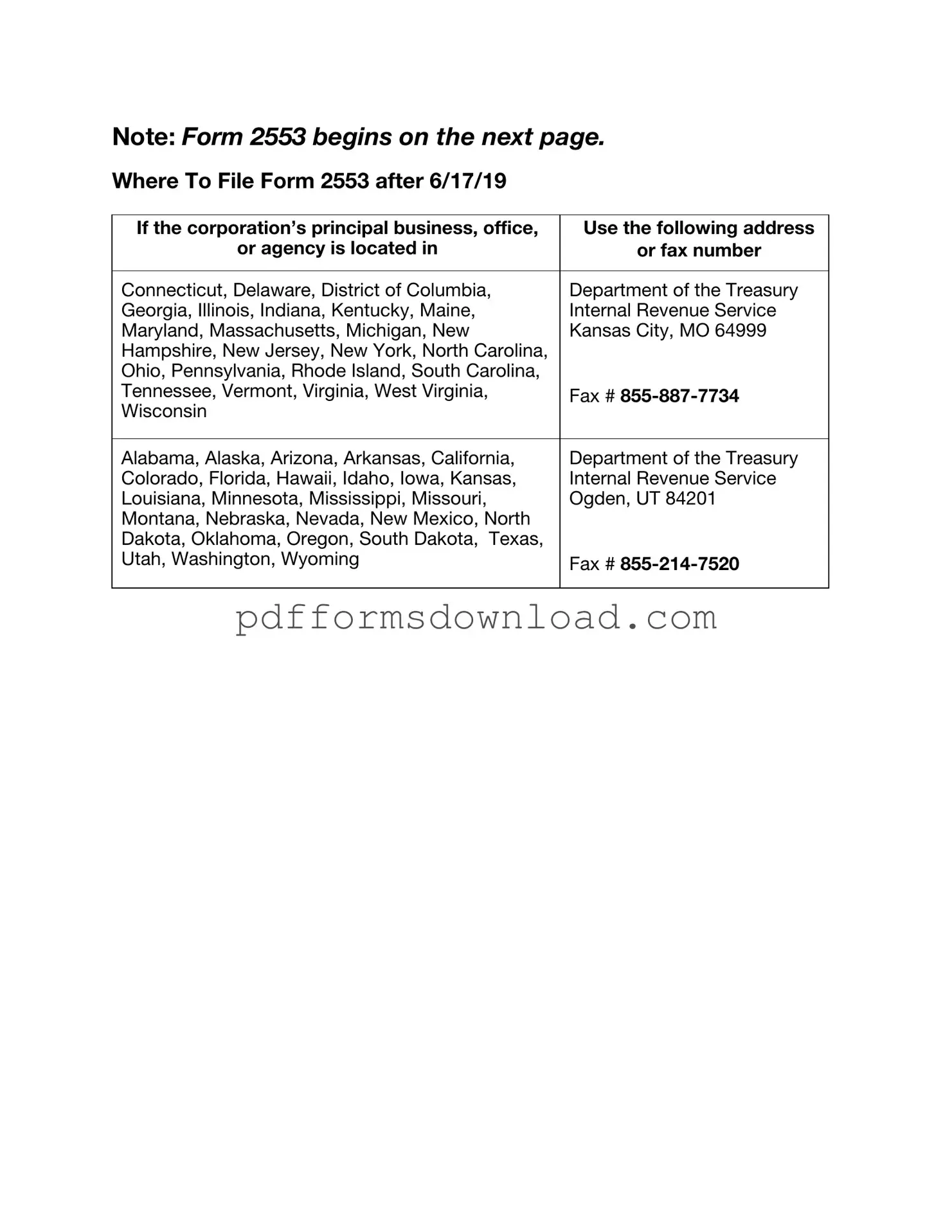What is IRS Form 2553?
IRS Form 2553 is a tax form used by small businesses to elect to be treated as an S corporation for federal tax purposes. This election allows the income, deductions, and credits of the corporation to pass through to the shareholders, avoiding double taxation at the corporate level. By filing this form, a corporation can potentially benefit from a more favorable tax treatment.
Who is eligible to file Form 2553?
To be eligible to file Form 2553, a corporation must meet specific criteria. It must be a domestic corporation, have no more than 100 shareholders, and all shareholders must be individuals, certain trusts, or estates. Additionally, the corporation must have only one class of stock and must not be an ineligible corporation, such as certain financial institutions or insurance companies.
When should Form 2553 be filed?
Form 2553 should be filed within 75 days of the beginning of the tax year when the S corporation election is to take effect. If a corporation misses this deadline, it may still qualify for S corporation status if it can demonstrate reasonable cause for the delay. However, it is essential to file as soon as possible to ensure compliance with IRS regulations.
What information is required on Form 2553?
The form requires basic information about the corporation, including its name, address, and Employer Identification Number (EIN). Additionally, it asks for details about the shareholders, such as their names, addresses, and the number of shares owned. The form also includes a section for the corporation to provide a signature from an authorized officer, confirming the election.
What happens after filing Form 2553?
After filing Form 2553, the IRS will review the application and notify the corporation of its acceptance or rejection. If accepted, the corporation will be treated as an S corporation for tax purposes, allowing it to enjoy the benefits of pass-through taxation. It is crucial for the corporation to maintain compliance with S corporation requirements to retain this status.
